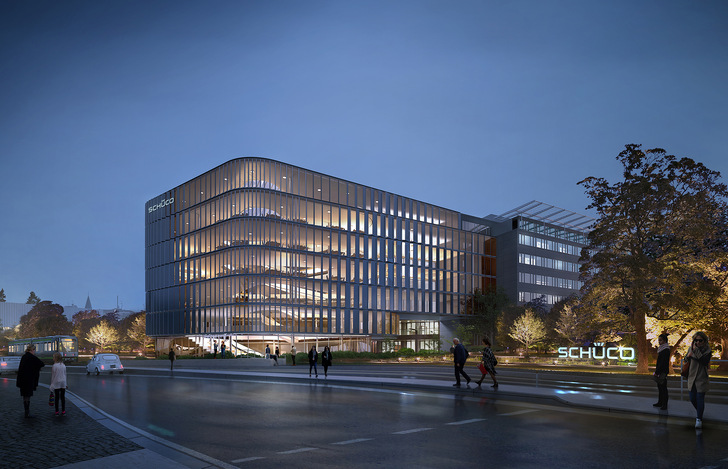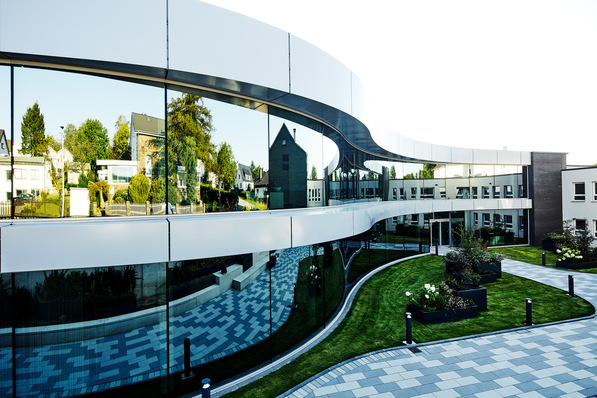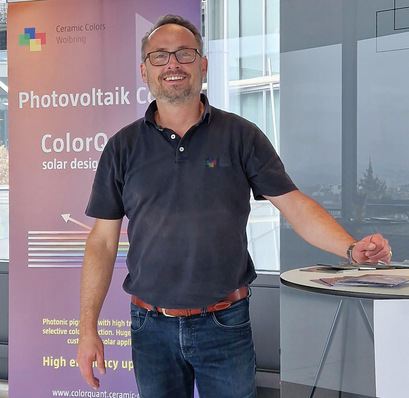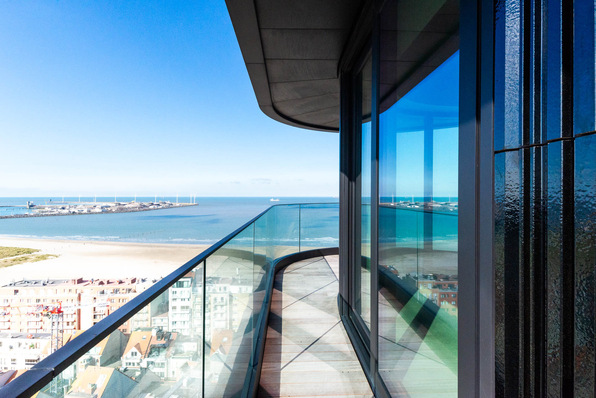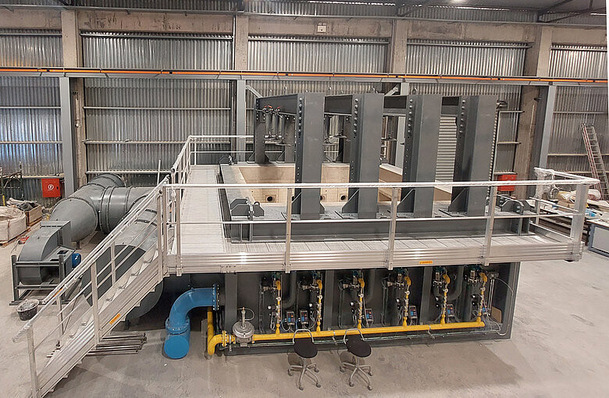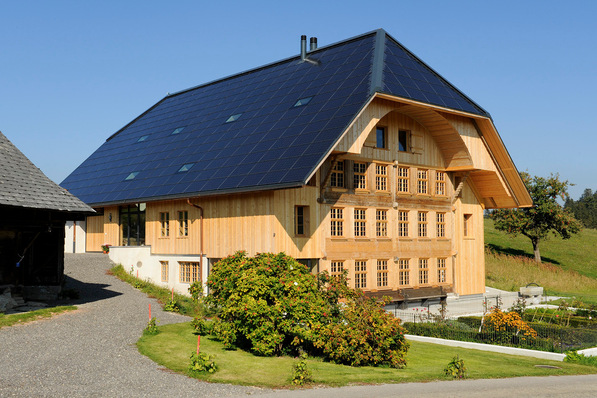Environmentally certified buildings, sustainable energy concepts and increased energy efficiency in material production – from a technical perspective, there are many ways to reduce CO2 emissions in the construction industry. Nevertheless, it is still lagging behind significantly – both in terms of the reduction targets set by the German government and the Science Based Targets initiative to limit global warming to 1.5 degrees. However, environmentally friendly construction is urgently required in order to meet the aims of the Paris Agreement.
"Buildings we construct today or renovate to make energy efficient will be used for decades to come. They are therefore significant in determining how much energy we will need to live and work in future. The consumption of resources during the construction phase also has a significant impact. This makes it all the more important for us to take the right steps without delay," says Andreas Engelhardt, Managing Partner of Schüco International KG. "We have worked together with our partner WWF to analyse how we as a company can contribute to this change of direction. One result of this is the clearly defined CO2 reduction targets. We are delighted that the SBTi has now verified these targets."
An integrated climate strategy
In concrete terms, Schüco is striving to reduce its absolute CO2 emissions by 30 per cent by 2025 compared to the reference year of 2018. The target equally incorporates the emissions from in-house production (Scope 1), purchased energy (Scope 2) and those from the production of all primary materials, further processing and the use of Schüco products (Scope 3). Furthermore, the company is pursuing the vision to no longer generate any emissions that are harmful to the environment by 2040. The basis for this is a neutral carbon footprint across the entire value chain which Schüco has set out in its latest sustainability report – one of the few companies in the construction industry to do so.
See also this article:
AGC Interpane makes facade glass into a power station
The absolute reductions in CO2 behind the aims have been checked by the SBTi and recognised as scientifically based. This means that they meet the level of decarbonisation stipulated by climate scientists in order to meet the 1.5-degree limit. Schüco is thereby joining the ranks of pioneering German businesses with climate objectives that are more ambitious than those set by the German government.

Schüco
"Companies play a key role in achieving the climate objectives of the Paris Agreement. With its aims, Schüco is sending a strong signal that companies are also ready to take responsibility in the climate crisis," says Eberhard Brandes, Chief Executive Officer of WWF Germany. "The WWF is delighted that Schüco is setting standards for the construction industry with its ambitious reduction targets."
Sustainable building solutions
Over the course of the year, Schüco will work together with the WWF to turn its confirmed climate objectives into specific measures and enshrine them in its everyday business. The partners believe that the most crucial factor lies in the provision of sustainable building solutions with maximum energy efficiency. This approach covers the purchase of specific materials as well as the production of environmentally friendly products that are proven to conserve resources. For Schüco, sustainability also means that the window, door and façade systems are fed back into the recycling process following the usage phase. When it comes to its products, the company therefore places great value on the recyclability of the materials used and, during the design phase, pays increasing attention to their subsequent separability.
Something you also don't want to miss:
Villa Melstokke in Norway with clear views over the Fjord
Schüco has been recording its climate-related emissions based on the GHG Protocol since 2011. In order to fully exploit the reduction potential in future, the window and façade specialist is taking responsibility for the implementation of measures across all areas of the company. Corresponding agreed targets aim to increase motivation and systematically further reduce the consumption of energy and resources.
Limit global warming
The partnership between Schüco and the WWF has been in place since the end of 2018 with an initial period of three years. For the collaboration, the partners will combine their specialist expertise and make a contribution towards achieving the 1.5 degrees target of the Paris Agreement on Climate Change. The jointly established, scientifically based climate strategy represents the first milestone for Schüco. The partnership will also focus on formulating measures for responsible value chains, in order to increase sustainability in the production and purchase of materials.







